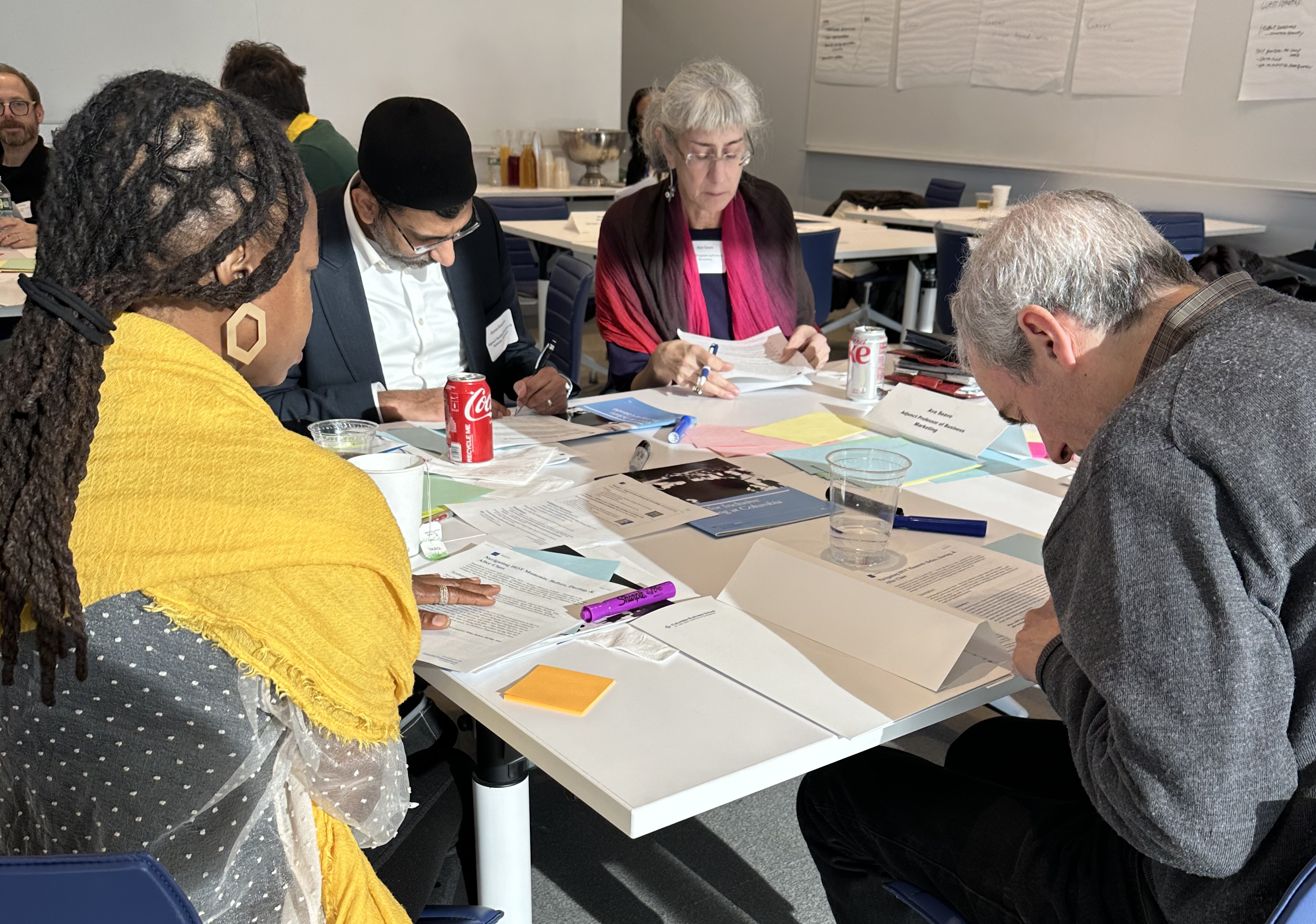Introduction
In this section, we’ve curated a variety of teaching guides with summaries of best practices from the Samberg Institute and the Columbia Center for Teaching and Learning’s repository of resources and courses. We encourage you to visit the CTL’s website to explore their full catalog of resources and programs for Columbia faculty. They also offer resources and programs for graduate student teachers and teaching assistants.
Course Design
- Learning Objectives and Bloom's Taxonomy
- Backward Design Overview
- Course Design Basics Self-Paced Course - These self-paced resources will help you learn about:
- Inclusive teaching and specific ways to engage your students in learning that are meaningful, relevant, and accessible to all.
- Three stages of Backward Design is the approach we take when designing courses at CBS. It starts with defining your course learning objectives/outcomes, then determining acceptable evidence (through formative and summative assessments), and finally, planning aligned instruction and active learning experiences.
- Reflecting on your current teaching practices in the spirit of continuous improvement.
- And, finally, where to go for support and links to important academic policies.
- Blended Learning Essentials (BLE) - This self-paced course provides you with an overview of blended learning and guides you through the design process for a lesson or unit of study. Blended Learning is a learner-centered approach that carefully considers what parts of learning should occur in person / in community with the guidance of the instructor, and which can occur online on the learner’s own time. This course will focus on the “flipped classroom” which is a form of blended learning.
Active Learning
Generative Artificial Intelligence
Inclusive Teaching
Student Assessment Strategies
